
Browse an alphabetical list of articles about the Holocaust and World War II. Learn more about topics such as the Nazi rise to power, how and why the Holocaust happened, life in Nazi camps and ghettos, and the postwar trials.
<< Previous | Displaying results 676-700 of 1105 for "Article" | Next >>
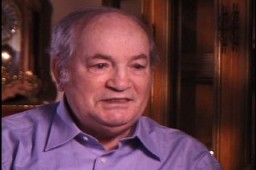
The Mechelen camp, halfway between Antwerp and Brussels, was a transit camp for the deportation of Jews from Belgium during the Holocaust.
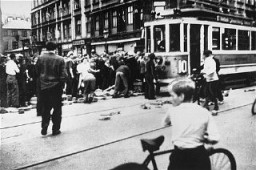
Adolf Hitler's Mein Kampf (My Struggle) is the best known and most popular Nazi text ever published with over 12 million copies sold from 1925 to 1945.
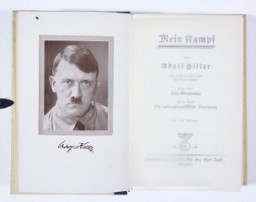
Read the Jewish Partisan Educational Foundation's short biography of Meir Porges.
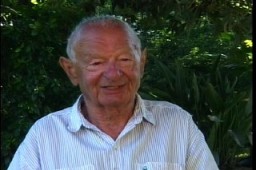
Learn about the establishment of and conditions in Melk, a subcamp of the Mauthausen camp system in Austria.
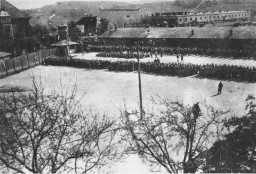
After WWII, many Holocaust survivors, unable to return to their homes, lived in displaced persons camps in Germany, Austria, and Italy. Read about Milan and Adriatica DP camps.
Read the Jewish Partisan Educational Foundation's short biography of Miles Lerman.
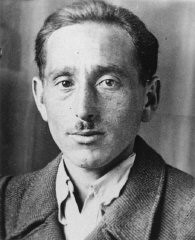
In Nazi Germany, the Ministry of Propaganda and Public Enlightenment spread ideology. It controlled the media and theater. Joseph Goebbels was its director. Learn more.
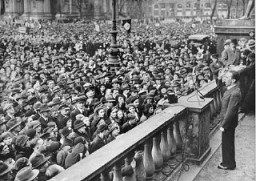
In 1941, the Nazis occupied Minsk and established a ghetto there. Learn more about life in Minsk during World War II.
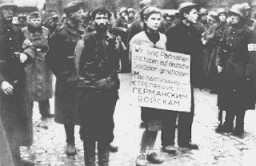
The Mir ghetto was established in Mir, Poland in 1941. Learn more about life and resistance in the ghetto.
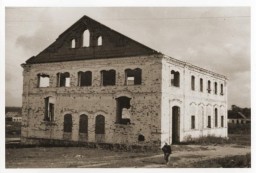
Learn about the escape of rabbis and students of the Mir Yeshiva, the only eastern European yeshiva to survive the Holocaust intact.
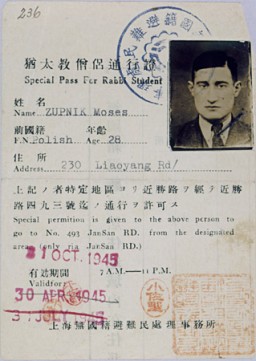
Read the Jewish Partisan Educational Foundation's short biography of Mira Shelub.
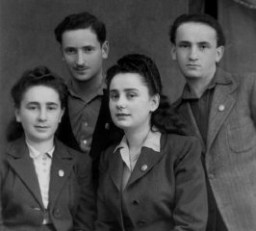
Children's diaries bear witness to some of the most heartbreaking experiences of the Holocaust. Learn about the diary and experiences of Miriam Goldberg.
Learn more about the modern misuse of images and symbols from the Holocaust and how this distortion can lead to antisemitism.
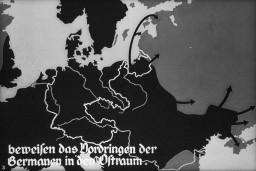
Learn about conditions and forced labor in Dora-Mittelbau, the center of an extensive network of forced-labor camps for the production of V-2 missiles and other weapons.
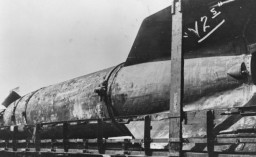
Explore firsthand testimony about the occupation of Mlynów, the establishment of the ghetto, resistance activities, and the destruction of the ghetto.
Learn more about Nazi mobile killing squads (Einsatzgruppen) killing activities in the Soviet Union during World War II.
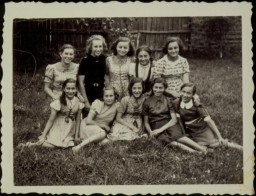
Dr. Mohamed Helmy and Frieda Szturmann helped save a Jewish family in the heart of Nazi Germany. Helmy was the first Arab recognized as Righteous Among the Nations.
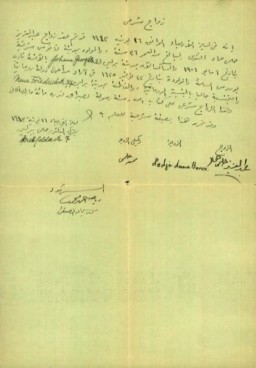
The Moringen camp was one of the so-called youth protection camps that the Nazi regime established for young people who were alleged to have strayed from Nazi norms and ideals.
Morris Hillquit was a prominent theoretician of the socialist movement in the United States. His work was burned in the Nazi book burnings of 1933. Learn more.
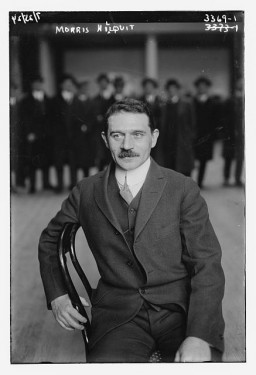
Moses Beckelman was an American social worker who joined the JDC in 1939. Learn more about his efforts to help refugees fleeing Nazism during the war.
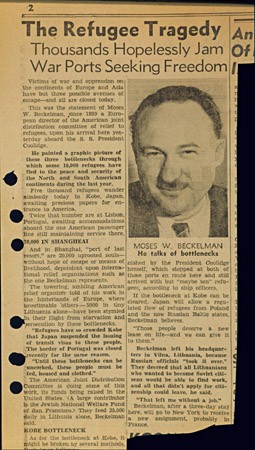
The SS established the Mühldorf camp complex in mid-1944 as a satellite system of Dachau to provide labor for the production of the Messerschmitt 262 jet fighter.

After WWII, many Holocaust survivors, unable to return to their homes, lived in displaced persons camps in Germany, Austria, and Italy. Read about München Neu Freimann DP camp.
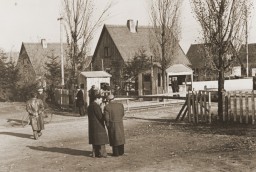
Learn about the establishment and history of the Dachau subcamp München-Schwabing, and the role of Eleonore Baur (also known as Schwester Pia or Sister Pia).
The Nazis opened the Natzweiler-Struthof concentration camp in 1941. Learn more about the camp, its prisoners, and forced labor and medical experiments.
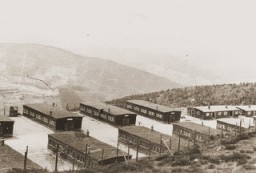
We would like to thank Crown Family Philanthropies, Abe and Ida Cooper Foundation, the Claims Conference, EVZ, and BMF for supporting the ongoing work to create content and resources for the Holocaust Encyclopedia. View the list of donor acknowledgement.